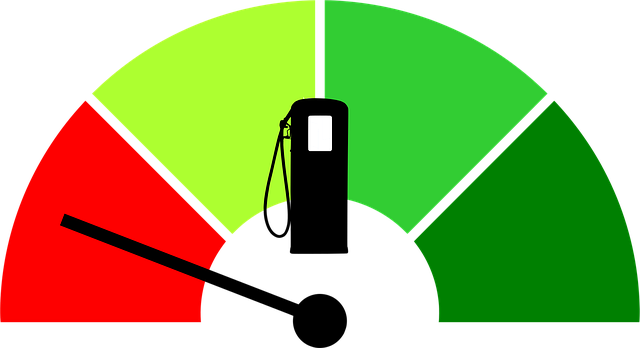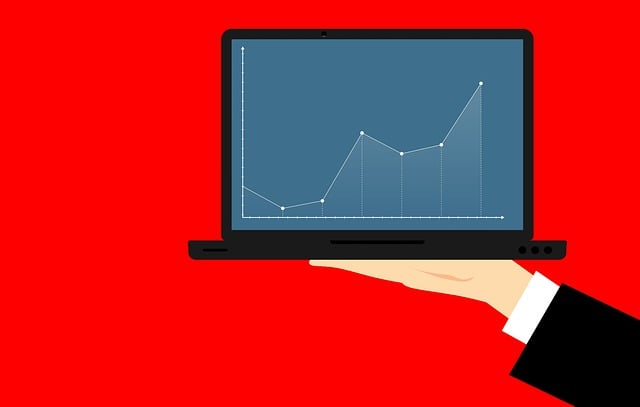Fairly Price Professional Services: Strategies for Profit

Pricing professional services requires a strategic approach balancing market competitiveness and pro…….
Your Digital Pulse for Price in Khi PK
Stay informed with the cutting-edge Price headlines and developments on price.karachi-pakistan.com. Discover curated content.
In our interconnected global economy, the concept of ‘price’ is a fundamental pillar that dictates the exchange of goods, services, and resources. Price acts as a compass, guiding consumers, businesses, and governments in their decision-making processes. This article aims to embark on a comprehensive journey through the intricate world of price, exploring its various facets, influences, and implications. We will delve into its historical roots, analyze contemporary trends, and scrutinize its role in shaping economic landscapes. By the end, readers will gain a profound understanding of why price is not merely a number but a powerful force that impacts our daily lives.
Definition: Price, at its core, represents the monetary value assigned to a product or service, determined through market forces and negotiated transactions. It is the exchange rate between a good/service and a medium of exchange, typically currency.
Components:
Historical Context: The concept of price has evolved over millennia. Ancient economies relied on barter systems, where goods were directly exchanged. With the advent of money, prices became more standardized. The introduction of modern banking and financial markets further refined price determination, allowing for complex economic interactions.
Significance: Price is a critical indicator of market health and consumer behavior. It influences purchasing decisions, business strategies, and overall economic growth. Understanding price dynamics is essential for businesses aiming to maximize profits, investors seeking lucrative opportunities, and policymakers aiming to stabilize markets.
Price has an international reach, shaping economies and consumer experiences across borders. Here’s a global snapshot:
Market Dynamics: Prices play a pivotal role in market equilibrium. In competitive markets, prices adjust to attract customers and maximize profits. For example, the entry of low-cost carriers into the aviation industry has disrupted traditional pricing models, offering consumers more affordable travel options.
Investment Patterns: Price movements influence investment decisions. Investors often seek assets with favorable price trends, such as stocks showing consistent growth or real estate in emerging markets. Market analysts use historical price data to predict future performance and make informed investments.
Economic Systems: Prices are integral to various economic systems:
Technological innovations have significantly impacted price calculation and management:
Antitrust Laws: Governments worldwide enforce antitrust regulations to prevent monopolies and ensure fair competition. These laws prohibit price-fixing schemes and promote competitive pricing, benefiting consumers.
Price Controls: In certain sectors like healthcare and utilities, governments implement price controls to safeguard vulnerable populations from excessive costs. For instance, many countries regulate drug prices to make essential medications more accessible.
Monetary Policy: Central banks use monetary policy tools, such as interest rates, to influence inflation and, consequently, price levels. Lower interest rates can stimulate economic growth but may also lead to higher inflationary pressures.
International Trade Agreements: Bilateral and multilateral trade deals often include provisions for fair pricing and market access. These agreements aim to foster global trade while ensuring that prices remain competitive and do not hinder international commerce.
Market Distortions: Price controls and subsidies can distort market signals, leading to inefficient resource allocation. For example, subsiding renewable energy production may inadvertently encourage over-reliance on these sources, affecting overall market equilibrium.
Inflationary Pressures: In times of rapid economic growth or increased global demand, prices can soar, eroding purchasing power. Central banks and governments must carefully balance stimulus measures to avoid hyperinflation.
Digital Inequalities: The digital transformation has created a price gap between those who have access to advanced technologies and those who do not. Ensuring equal access to digital tools and internet services is crucial for inclusive economic growth.
Strategic Solutions: To address these challenges:
Case 1: Dynamic Pricing in Ride-Sharing Services
Uber, a global ride-sharing giant, successfully implemented dynamic pricing strategies. During peak hours or events, prices increase, encouraging drivers to hit the road and ensuring adequate service availability. This approach has enhanced customer satisfaction, especially during times of high demand.
Case 2: Price Transparency in Travel Booking
The rise of online travel agencies (OTAs) like Expedia and Booking.com has made price transparency a norm. These platforms provide users with real-time comparisons, allowing them to make informed decisions. This shift has empowered consumers and led to more competitive pricing in the hospitality industry.
Case 3: Price-Based Conservation Efforts
In environmental conservation, price incentives can be powerful tools. For instance, cap-and-trade systems set a price on carbon emissions, encouraging businesses to reduce their ecological footprint. This market-based approach has led to significant improvements in pollution reduction and sustainable practices.
The future of price is shaped by technological advancements and evolving economic landscapes:
Price is a multifaceted concept that permeates every aspect of our economic and social lives. From shaping consumer choices to influencing business strategies, its impact is profound and far-reaching. Understanding price dynamics is crucial for navigating today’s complex global economy. As we move forward, technological advancements and shifting societal priorities will continue to mold the landscape of pricing, presenting both challenges and opportunities.
Q: How do prices affect consumers?
A: Prices directly impact consumers’ purchasing power and choices. Higher prices may discourage purchases, while lower prices can stimulate demand. Price transparency empowers consumers to make informed decisions and compare options.
Q: What is the role of price in business success?
A: Price is a critical factor in business success. It influences profit margins, market share, and customer satisfaction. Strategic pricing strategies, considering competition and costs, are essential for long-term viability.
Q: Can you explain the impact of inflation on prices?
A: Inflation refers to the general rise in price levels over time. It affects purchasing power, meaning that with inflation, money buys fewer goods or services. Central banks aim to manage inflation rates through monetary policy to maintain economic stability.
Q: How do technological advancements influence pricing strategies?
A: Technology enables dynamic pricing, where prices adjust based on real-time data. AI and machine learning algorithms predict demand, allowing businesses to optimize prices. Blockchain ensures secure price agreements in various industries.
Q: What are the potential drawbacks of price controls?
A: While price controls can protect consumers from extreme prices, they may also limit market incentives for innovation and efficiency. Improperly implemented controls can lead to shortages or reduced product quality.

Pricing professional services requires a strategic approach balancing market competitiveness and pro…….

Retailers drive success through pricing strategies that leverage consumer psychology. Key factors in…….

Competitive pricing analysis through advanced analytics tools provides real-time insights into compe…….

Dynamic pricing, based on real-time market data, segments customers and adjusts prices according to…….

Pricing a course requires balancing art and science to maximize enrollment. Key strategies include u…….

A thorough market analysis enables businesses to price naturally by understanding industry trends, c…….

Supply chain complexity presents both advantages and challenges for pricing strategies. While it all…….

Price comparison sites have dramatically reshaped retail pricing strategies. Consumers are increasin…….

Conscious consumers demand eco-friendly, transparently priced products. Businesses should price base…….